Home>Renovation & DIY>Tools & Equipment>What Grit Sandpaper For Sanding Spackle
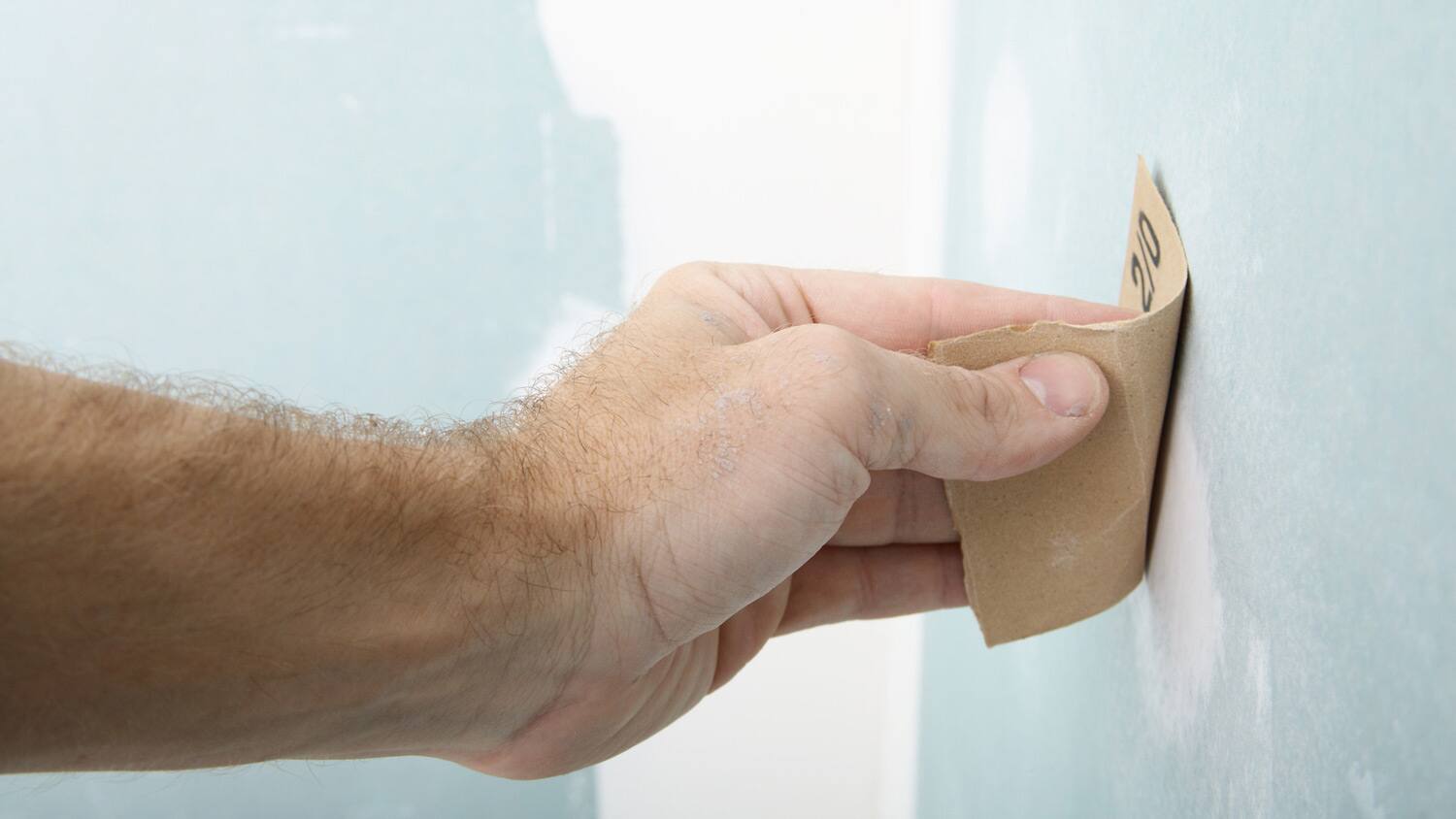

Tools & Equipment
What Grit Sandpaper For Sanding Spackle
Published: December 20, 2023
Discover the best grit sandpaper for sanding spackle and achieve smooth, flawless results with the right tools and equipment. Choose the perfect sandpaper for your project.
(Many of the links in this article redirect to a specific reviewed product. Your purchase of these products through affiliate links helps to generate commission for Storables.com, at no extra cost. Learn more)
**
Introduction
**
When it comes to home improvement projects, the satisfaction of transforming a space with your own hands is unparalleled. Whether you're patching up a small hole or smoothing out a larger area, sanding spackle is a crucial step in achieving a flawless finish. However, choosing the right grit sandpaper for this task is often overlooked but essential for achieving the desired results.
In this comprehensive guide, we will delve into the world of grit sandpaper, explore the intricacies of sanding spackle, and provide recommendations to help you navigate this essential stage of your home improvement endeavors. So, let's roll up our sleeves and discover the secrets to achieving a smooth and seamless surface!
**
Key Takeaways:
- Choose fine grit sandpaper (150-220) for sanding spackle to achieve a seamless finish without compromising the integrity of the surface.
- Balance efficient material removal and meticulous surface refinement by selecting the right grit sandpaper for sanding spackle, ensuring flawless results.
Understanding Grit Sandpaper
**
Before delving into the specifics of sanding spackle, it’s crucial to understand the significance of grit sandpaper. Grit refers to the coarseness or fineness of the abrasive particles on the sandpaper. The higher the grit number, the finer the particles and the smoother the sandpaper. Conversely, lower grit numbers indicate coarser particles, suitable for more aggressive sanding.
Grit sandpaper is categorized into three main types: coarse, medium, and fine. Coarse grits, typically ranging from 40 to 60, are ideal for heavy material removal, such as stripping paint or smoothing rough surfaces. Medium grits, ranging from 80 to 120, strike a balance between material removal and surface smoothing, making them versatile for various tasks. Finally, fine grits, ranging from 150 to 240 and higher, are designed for finishing and smoothing surfaces, including the delicate process of sanding spackle.
When selecting grit sandpaper, consider the nature of the surface you are sanding and the level of smoothing or material removal required. Understanding the grit system empowers you to choose the most suitable sandpaper for your specific project, ensuring optimal results.
**
Sanding Spackle
**
After applying spackle to fill in holes, cracks, or imperfections on walls or ceilings, the next step is sanding to achieve a seamless and polished surface. Spackle, a versatile and easy-to-use material, dries relatively quickly, allowing you to proceed with sanding within a short timeframe.
When sanding spackle, the goal is to create a smooth and even surface while blending the patched area seamlessly with the surrounding wall or ceiling. This process requires careful attention to detail and the right tools, particularly the choice of grit sandpaper. Sanding spackle is a delicate task, as excessive sanding can remove too much material, while inadequate sanding can leave an uneven surface.
It’s essential to approach sanding spackle with patience and precision. Begin by inspecting the patched area to ensure that the spackle has fully dried. Then, using a light touch, gently sand the spackled area in smooth, circular motions, gradually smoothing out any ridges or uneven patches. The key is to achieve a seamless transition between the spackled area and the surrounding surface, creating a uniform and blemish-free finish.
Proper sanding technique is crucial to avoid over-sanding, which can result in an uneven surface or even damage to the surrounding wall or ceiling. Additionally, using the appropriate grit sandpaper is instrumental in achieving the desired smoothness while preserving the integrity of the surface.
Now that we understand the importance of sanding spackle with precision, let’s explore the recommended grit sandpaper for this delicate yet essential task.
**
Use 120-150 grit sandpaper for sanding spackle. It will effectively smooth out the surface without creating deep scratches.
Recommended Grit Sandpaper for Sanding Spackle
**
When it comes to sanding spackle, the choice of grit sandpaper plays a pivotal role in achieving a flawless finish. Given the delicate nature of this task, it’s essential to select the appropriate grit that balances the smoothing effect with the preservation of the spackled surface.
For sanding spackle, fine grit sandpaper is the go-to choice. Grits ranging from 150 to 220 are well-suited for this task, as they provide the ideal level of abrasion to smooth out the spackled area without compromising its integrity. The fine particles on this sandpaper gently refine the surface, ensuring a seamless blend between the spackled patch and the surrounding area.
It’s important to note that using a grit that is too coarse can result in excessive material removal, potentially causing unevenness or even damage to the spackled surface. On the other hand, using a grit that is too fine may prolong the sanding process without significantly improving the smoothness of the spackled area.
For minor touch-ups and light sanding, such as smoothing small imperfections or refining the edges of a spackled patch, a higher grit, such as 220, is particularly effective. This finer grit provides a delicate touch, perfect for achieving a seamless transition between the spackled area and the surrounding surface.
When sanding larger areas or addressing more substantial imperfections, a slightly lower grit, such as 150 or 180, may be employed to expedite the smoothing process without compromising the finesse of the finish. The key is to strike the right balance between efficient material removal and meticulous surface refinement.
By selecting the recommended fine grit sandpaper for sanding spackle, you can ensure that this crucial step in the home improvement process is executed with precision and care, resulting in a flawlessly smooth and seamlessly blended surface.
**
Conclusion
**
As we conclude our exploration of grit sandpaper for sanding spackle, it’s evident that the choice of sandpaper plays a significant role in achieving a flawless finish. Understanding the nuances of grit sandpaper, from its coarseness to its suitability for specific tasks, empowers DIY enthusiasts and professionals alike to approach sanding spackle with confidence and precision.
When embarking on a project that involves sanding spackle, it’s essential to prioritize the use of fine grit sandpaper, typically ranging from 150 to 220. This range of grits strikes the perfect balance between efficient material removal and meticulous surface refinement, ensuring that the spackled area is seamlessly blended with the surrounding surface.
By employing the recommended fine grit sandpaper, individuals can achieve a smooth and polished finish while preserving the integrity of the spackled surface. Whether addressing minor imperfections or smoothing larger areas, the right grit sandpaper is instrumental in achieving the desired results with finesse and care.
As you embark on your next home improvement project that involves sanding spackle, remember the significance of selecting the appropriate grit sandpaper. With this knowledge in hand, you are well-equipped to transform patched areas into seamless and flawless surfaces, adding a touch of craftsmanship and refinement to your living space.
So, pick up your fine grit sandpaper, embrace the art of precision, and watch as your spackled surfaces are impeccably transformed, leaving a lasting impression of seamless beauty in your home.
Frequently Asked Questions about What Grit Sandpaper For Sanding Spackle
Was this page helpful?
At Storables.com, we guarantee accurate and reliable information. Our content, validated by Expert Board Contributors, is crafted following stringent Editorial Policies. We're committed to providing you with well-researched, expert-backed insights for all your informational needs.
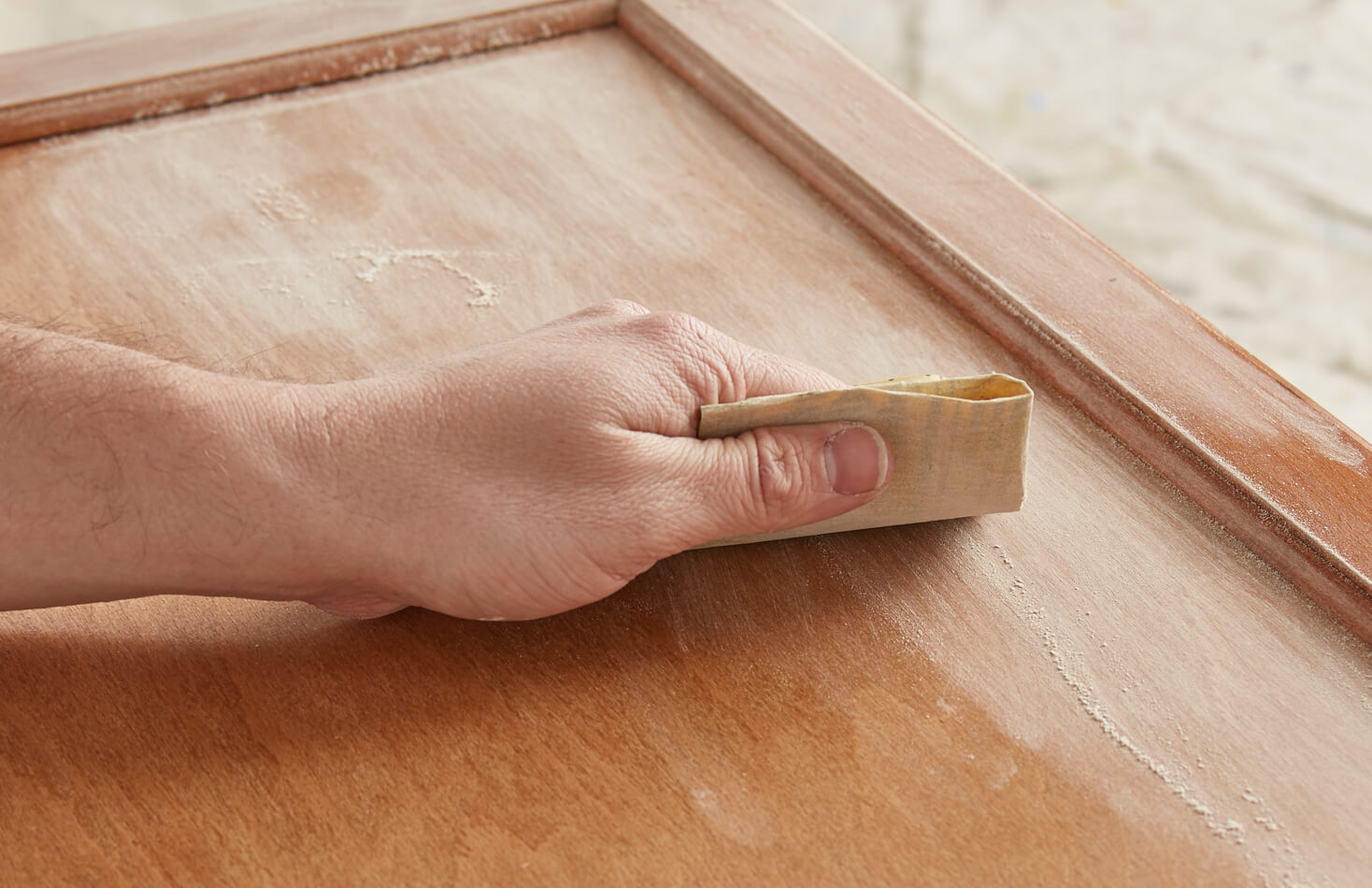
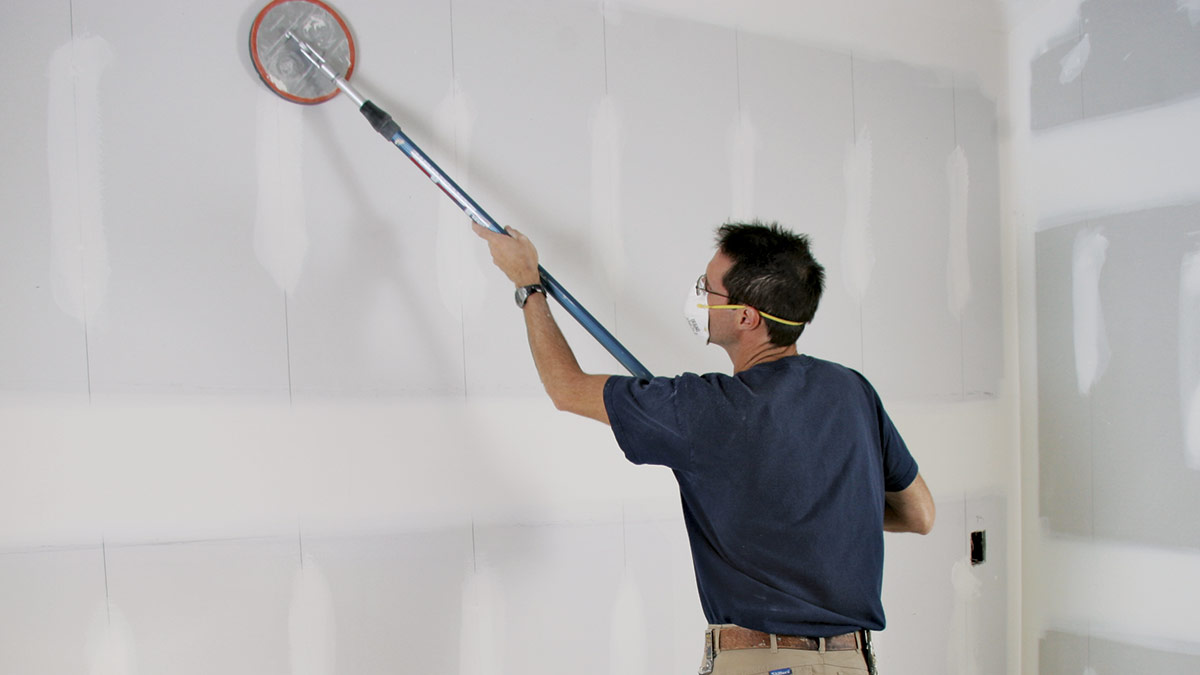
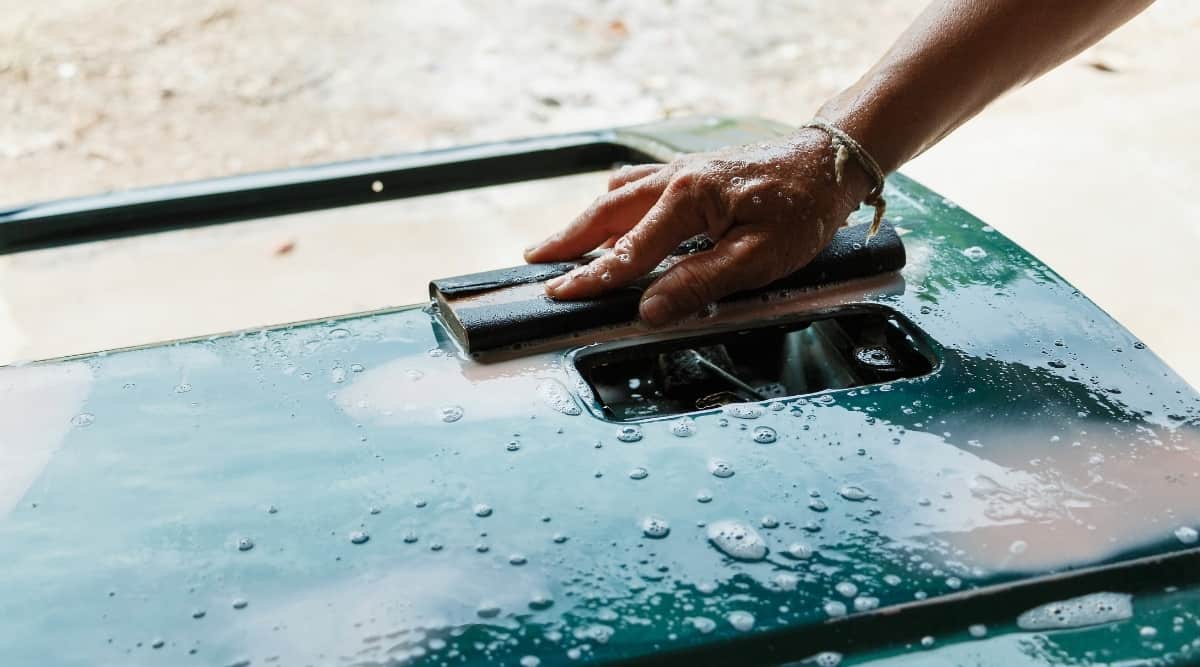
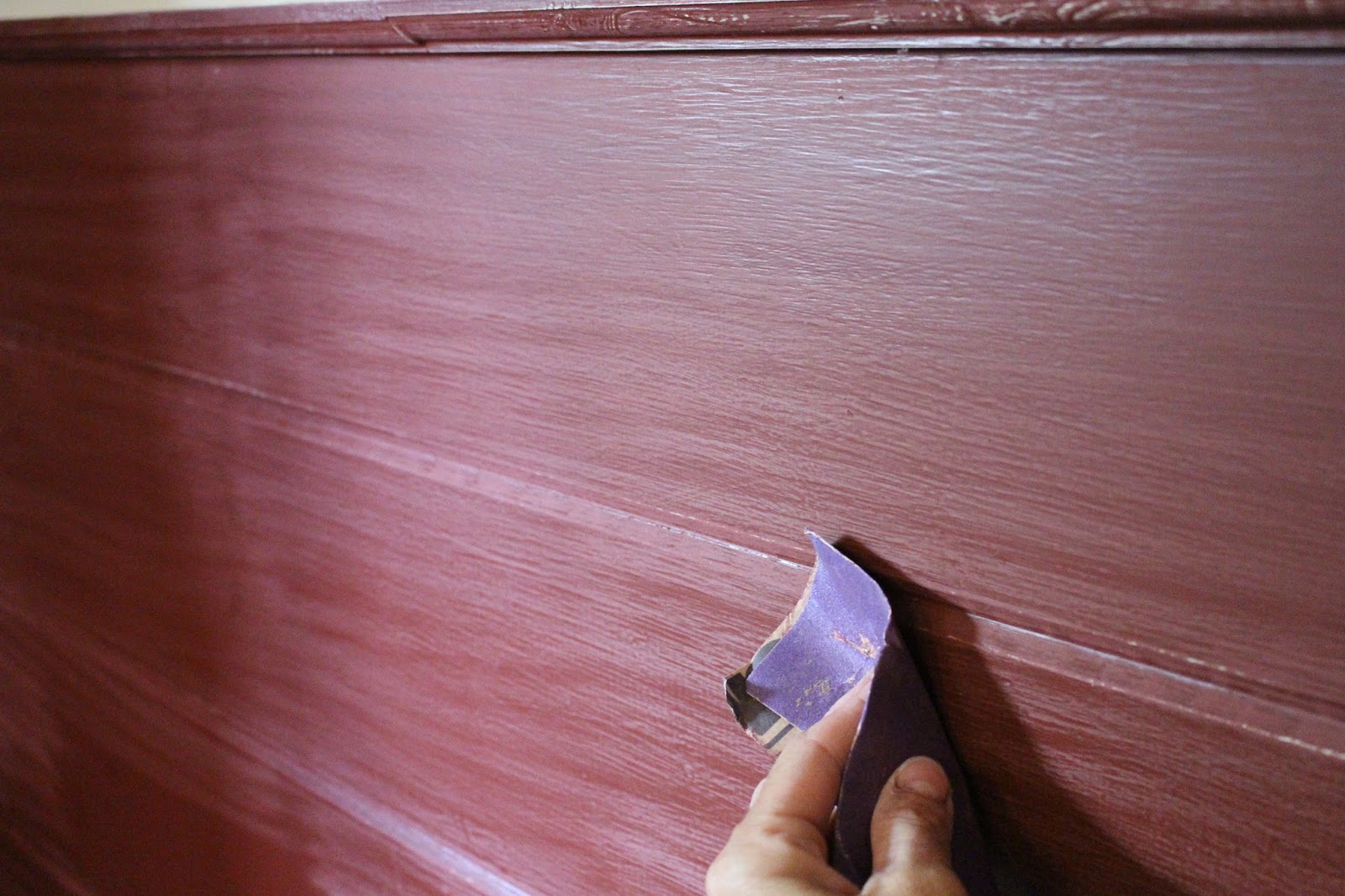
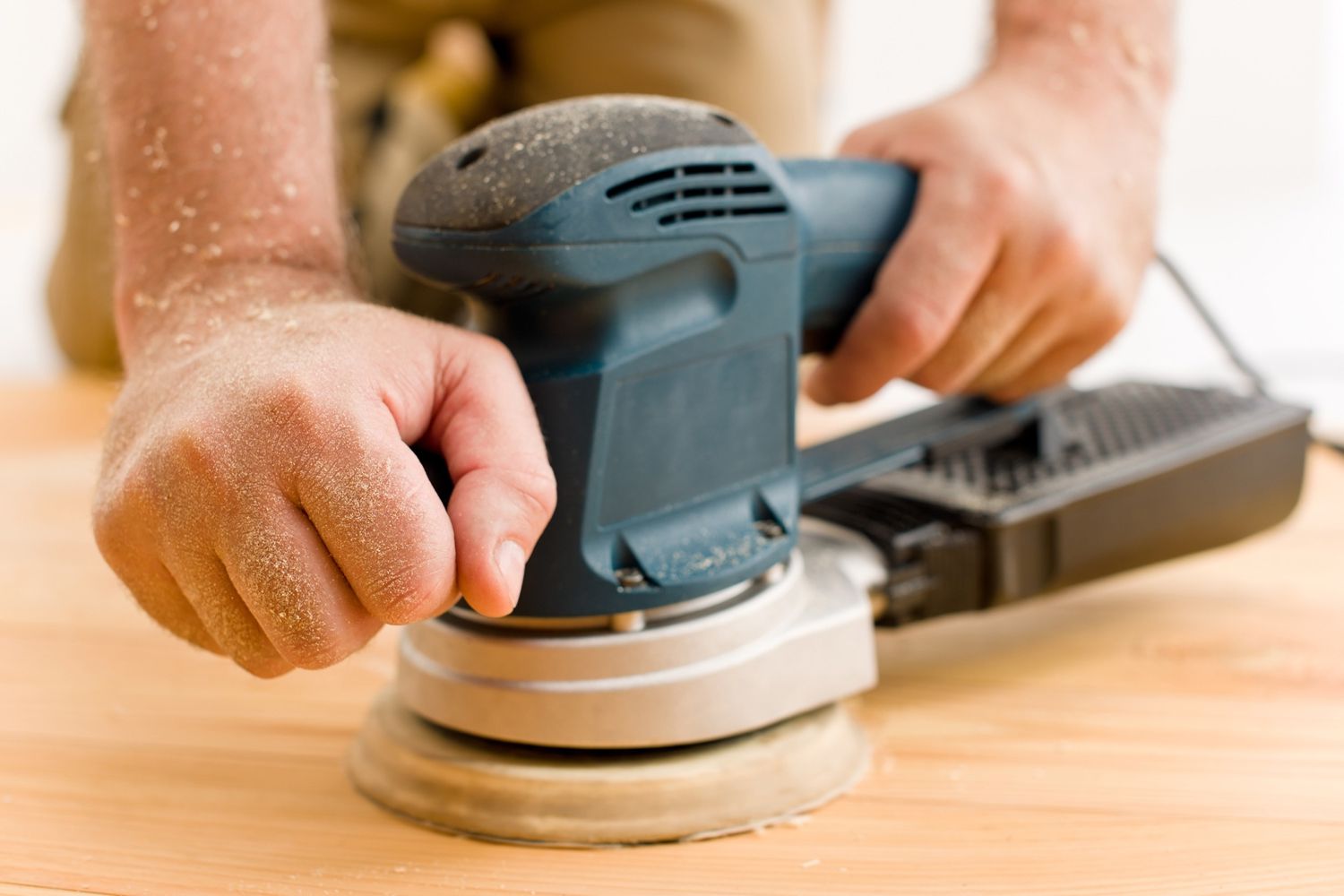



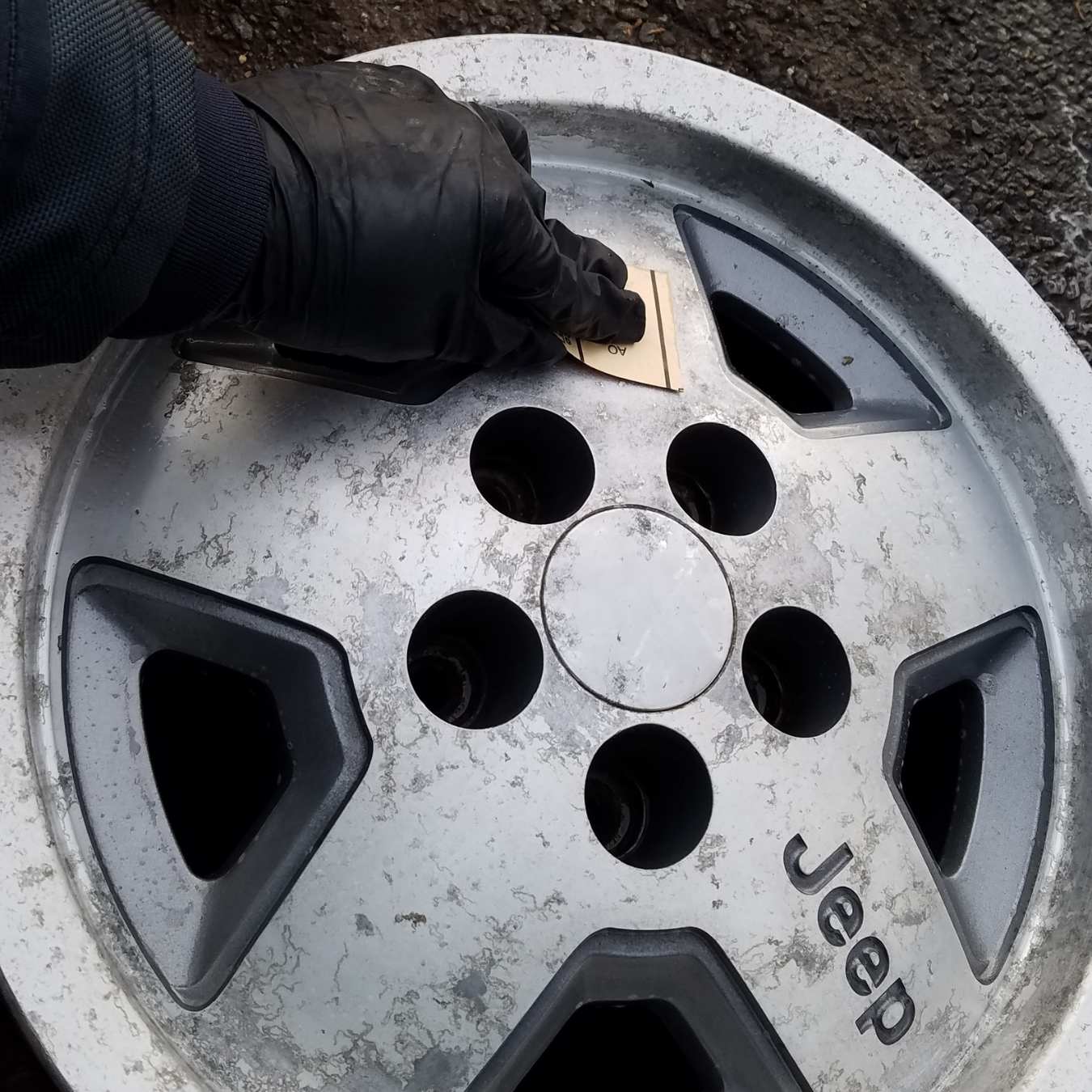

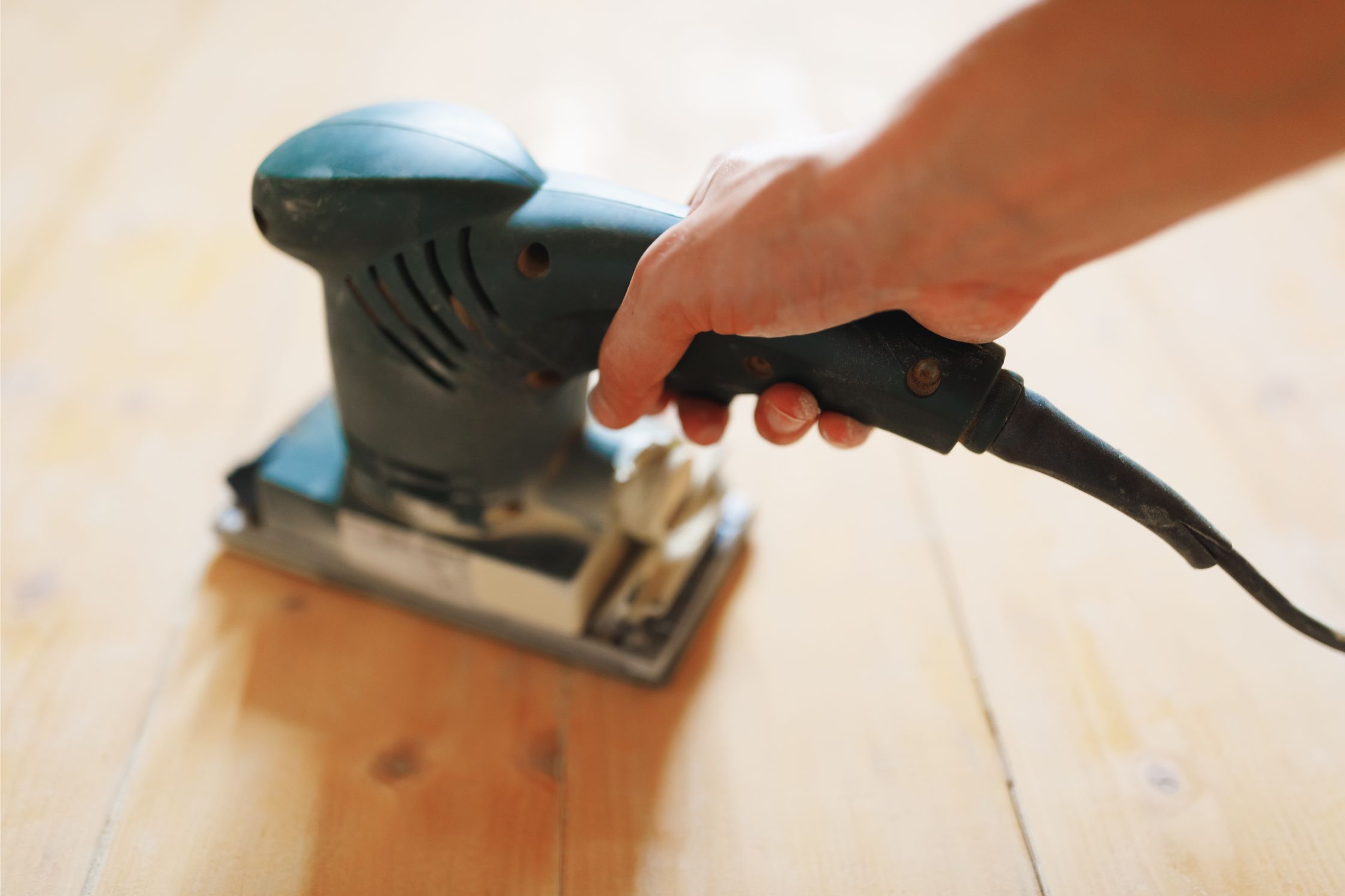
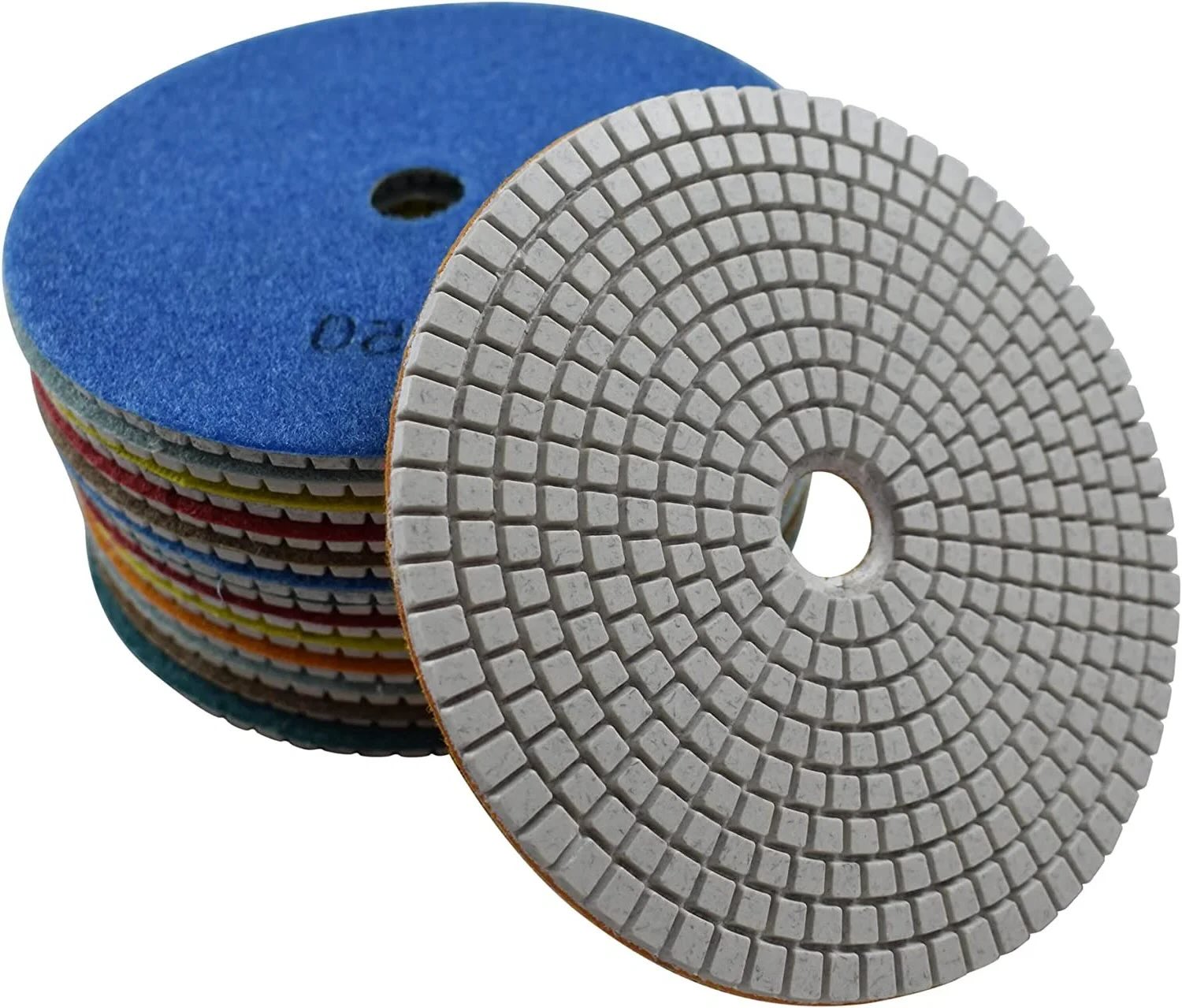
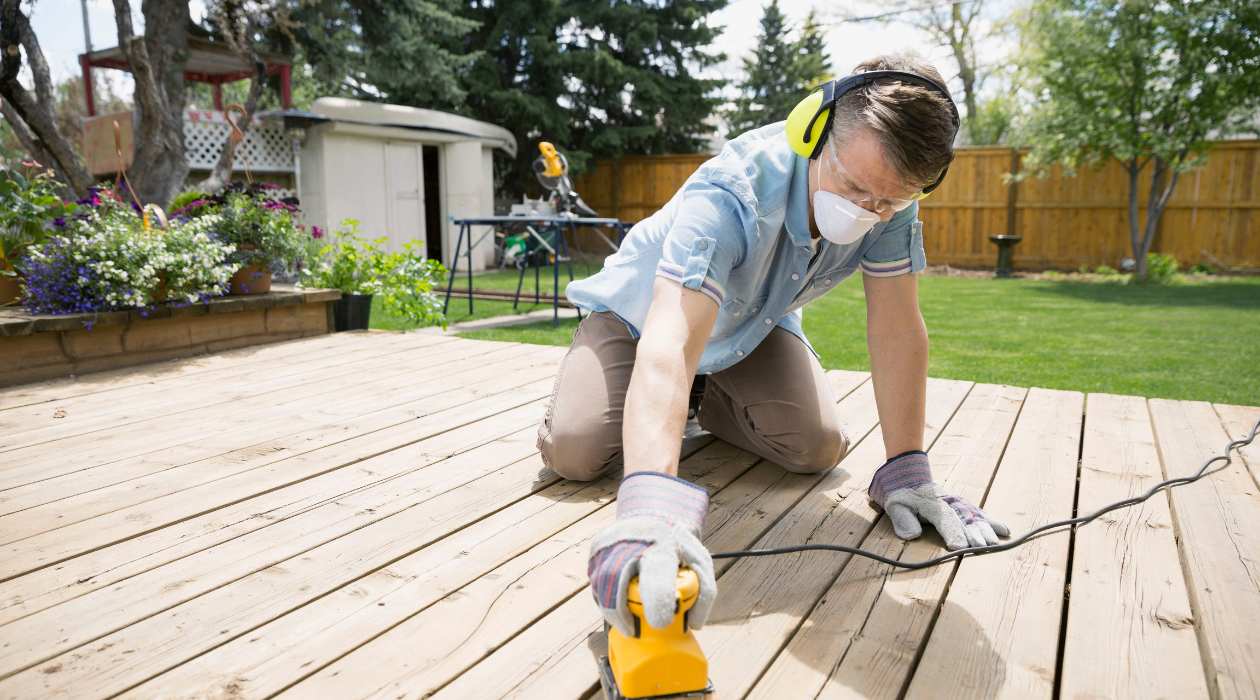
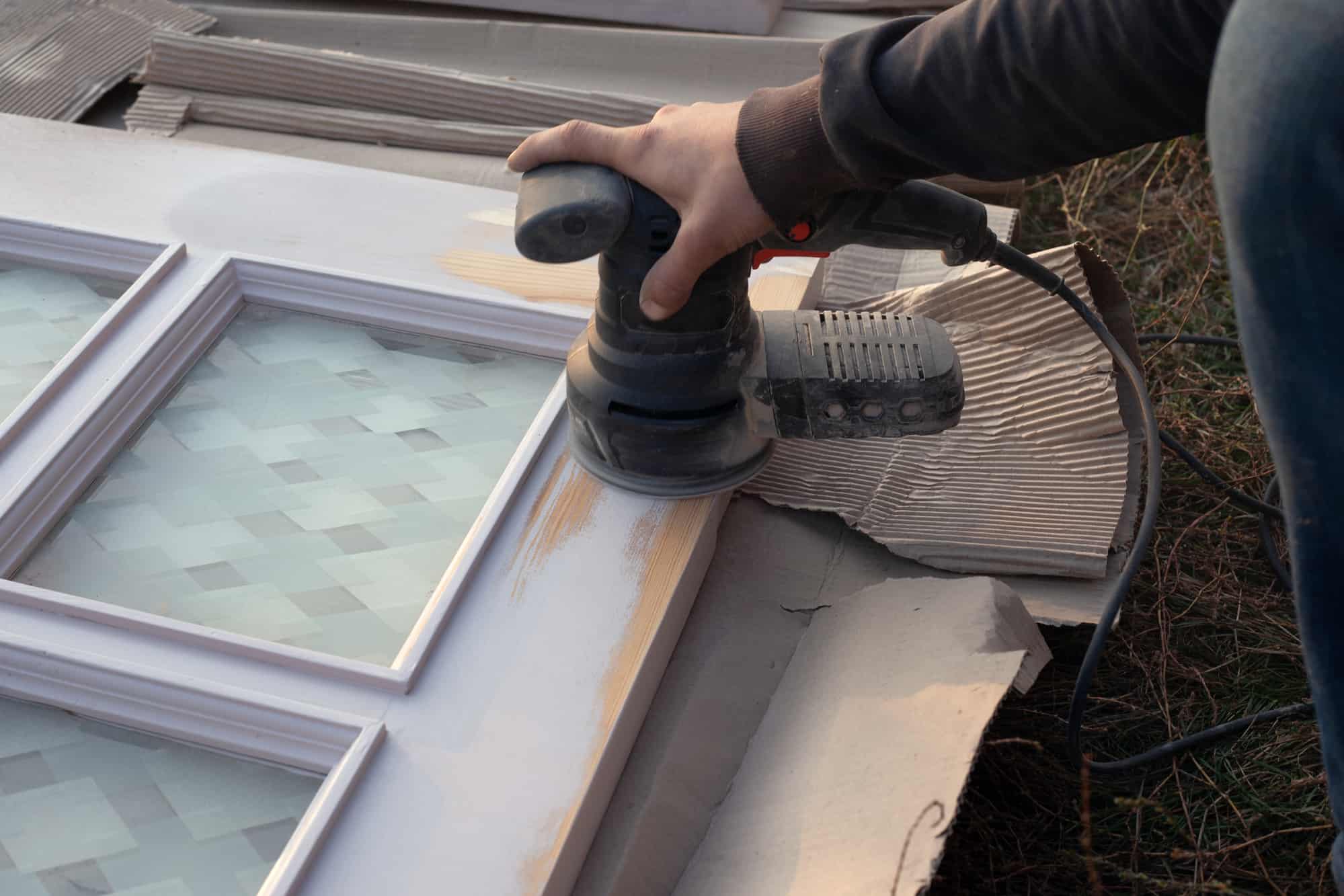
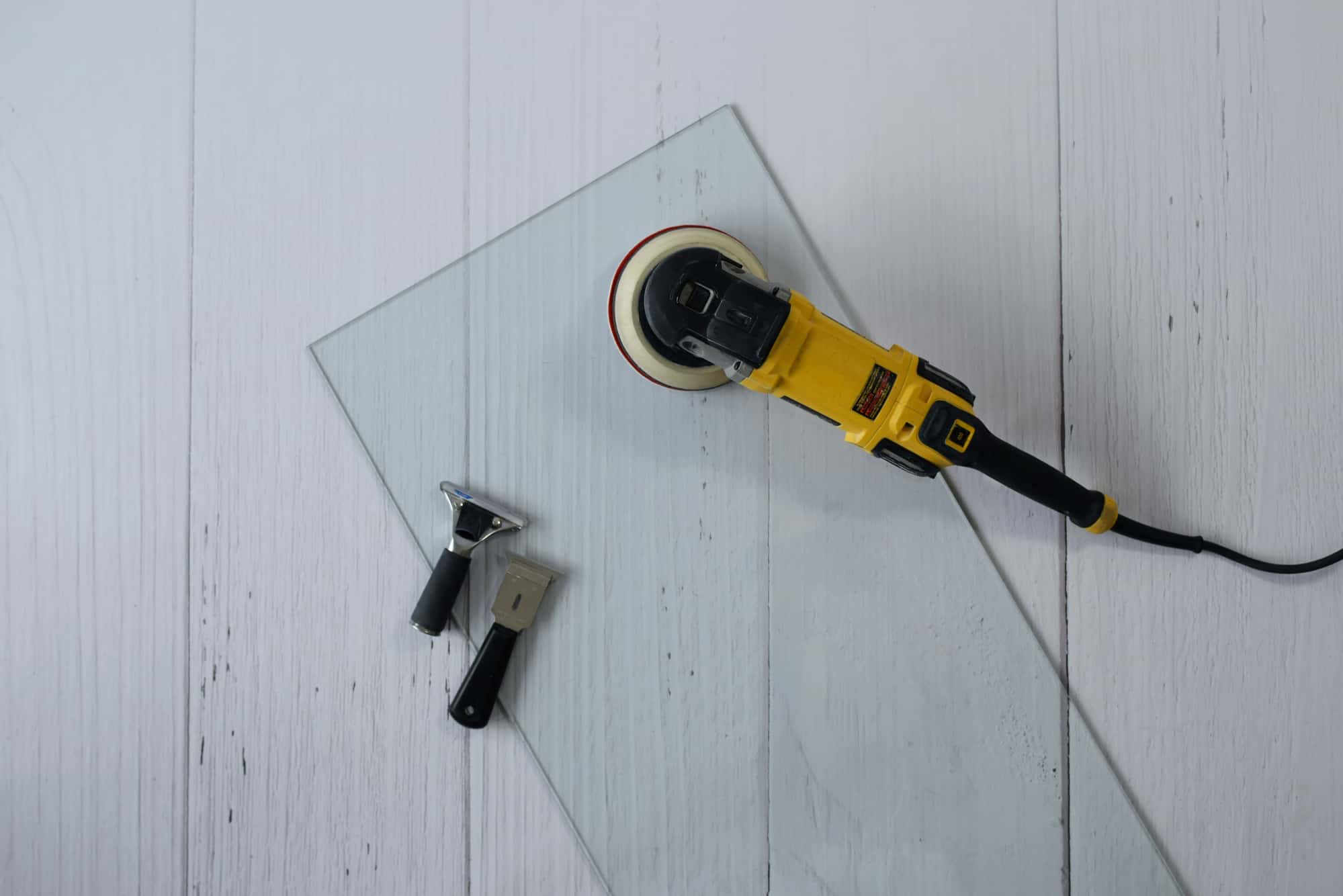

0 thoughts on “What Grit Sandpaper For Sanding Spackle”